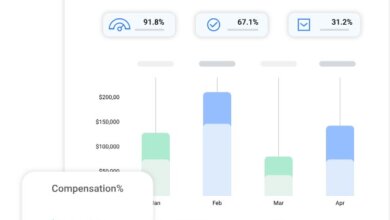Introduction to Stack Functional Testing

Introduction:
Stack functional testing is a software testing technique that focuses on verifying the functionality of individual software components or modules. The term “stack” refers to the different layers of technology used to build software, such as the operating system, database, middleware, and application layer. Stack functional testing involves testing each layer individually to ensure that the software works as expected, as well as testing the interactions between layers to ensure that they integrate seamlessly.
The purpose of stack functional testing is to ensure that each component of a software system functions correctly and as expected. By testing each component in isolation, developers can identify and fix bugs and errors before they affect the entire system. This approach to testing is particularly useful for complex software systems, as it allows developers to break down the system into manageable components and test each one separately.
Key Features of Stack Functional Testing
Modularity: Stack functional testing is a modular approach to testing, which allows developers to isolate and test individual software components separately. This modularity makes it easier to identify and fix bugs and errors in the system.
Layered Testing: Stack functional testing involves testing each layer of the software stack separately, as well as testing the interactions between layers. This layered testing approach ensures that each layer of the system functions correctly and that the layers integrate seamlessly.
Test Automation: Stack functional testing can be automated using testing frameworks and tools, which can help reduce testing time and ensure consistent test results.
Test Coverage: Stack functional testing covers a wide range of tests, including unit tests, integration tests, system tests, and acceptance tests. This comprehensive testing approach ensures that all aspects of the software system are thoroughly tested.
Benefits of Stack Functional Testing
Faster Development: By identifying and fixing bugs and errors early in the development process, stack functional testing can help reduce development time and improve time-to-market.
Improved Quality: Stack functional testing ensures that each component of the software system functions correctly, which leads to a higher-quality end product.
Cost-Effective: Catching and fixing bugs early in the development process can help reduce the overall cost of development.
Greater Efficiency: Automated testing frameworks and tools can help reduce testing time and ensure consistent test results, which improves overall testing efficiency.
Process Workflow for Functional Testing
The process workflow for functional testing can vary depending on the specific testing methodology and tools used. However, the following is a general process workflow for functional testing:
Test Planning: In this stage, the testing team will gather requirements and functional specifications from stakeholders, identify the test objectives, and create a test plan that outlines the testing scope, schedule, test cases, and resources needed.
Test Design: This stage involves creating test cases based on the functional specifications and requirements. Test cases can be created manually or using automated testing tools. The test cases should cover all the functional requirements of the software application.
Test Execution: The testing team executes the test cases, records the results, and reports any defects found. The testing can be done manually or using automated testing tools.
Defect Reporting: In this stage, any defects found during the test execution phase are reported to the development team. The report should include a description of the defect, steps to reproduce it, and any relevant screenshots or logs.
Defect Resolution: The development team will investigate the reported defects, identify the root cause, and develop a fix for the defect. The fix should be tested by the testing team to ensure that the defect has been resolved.
Test Closure: Once all defects have been resolved, the testing team will retest the software application to ensure that all requirements have been met. The testing team will then document the test results, and the software application will be signed off for release.
Regression Testing: After a new release or a new set of features is added, regression testing is performed to ensure that the new changes did not break any existing functionality.
Maintenance: As the software application evolves, new functionality and changes may require updates to the test plan and test cases.
Conclusion
Stack functional testing is an essential technique for ensuring that software systems function correctly and as expected. By breaking down the system into manageable components and testing each one separately, developers can identify and fix bugs and errors early in the development process. This results in a higher-quality end product, faster development time, and overall cost savings.



